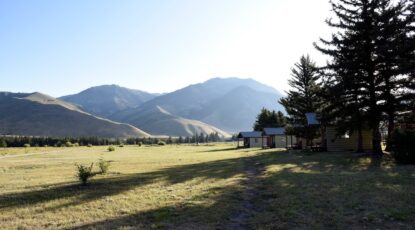Research News
-
“It is now easier to hear Earth’s voice”
Michigan Stadium seismometer captures eerie quiet since COVID-19 lockdowns and stay-at-home orders were issued in March.
-
April 2020: Coronavirus and U-M
Global community rallies to raise funds, PPE, & more. Plus: Campus roundup of news, research, and resources in U-M’s fight against COVID-19.
-
The idea to ‘flatten the curve’
Decades of studying pandemics and how to curb them led a U-M physician-historian to coin a term the rest of us now use in daily conversation.
-
Feeling stressed? Take a ‘nature pill’
Spending just 20 minutes in nature — even if it’s simply gardening, doing yardwork or sitting quietly in the backyard — can significantly lower stress hormone levels.
-
Researchers go all in to fight coronavirus
The University ramps up research efforts to understand and stem the effects of the global COVID-19 health crisis.
-
Tracking COVID in wastewater
We don’t know much about how coronaviruses behave and move through the environment. U-M and Stanford engineers aim to change that.
-
Mind control
“It’s like you have a hand again,” says Joe Hamilton, as U-M researchers amplify faint, latent signals from arm nerves to enable real-time, finger-level control of a robotic hand.
-
Fumbles, flubs, clangers, and fluffs
Why do top performers often fall short of the mark when the stakes are high and the pressure is on? A U-M psychologist explains.
-
Ancient beads or Stone-Age ‘likes’?
Anthropologists believe early humans exchanged eggshell beads to affirm connections and update their relationship status. Sound familiar?










